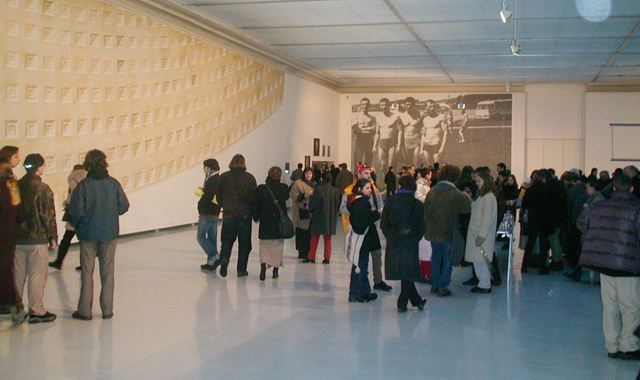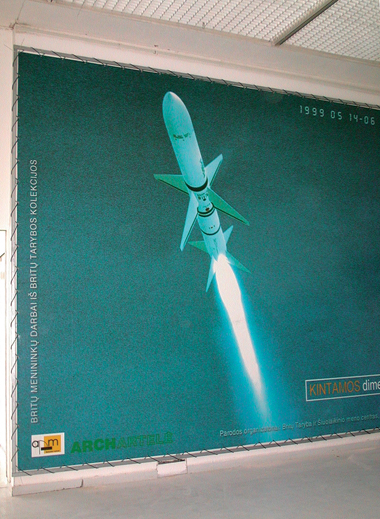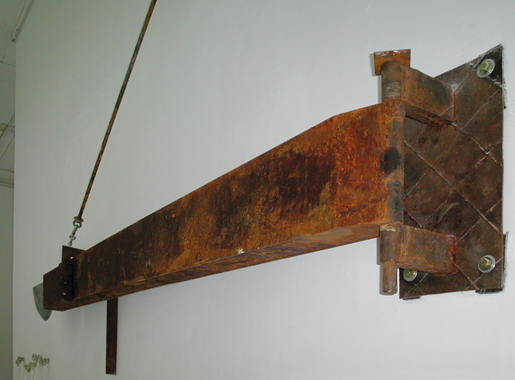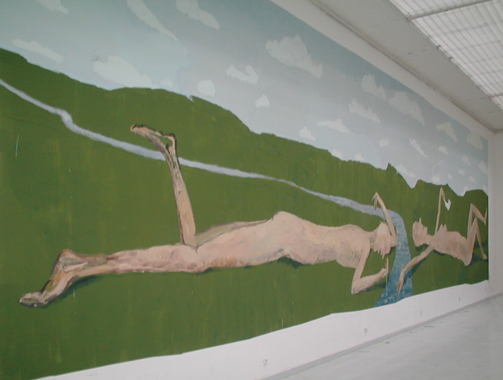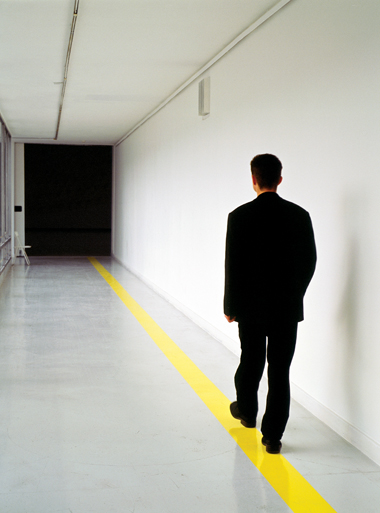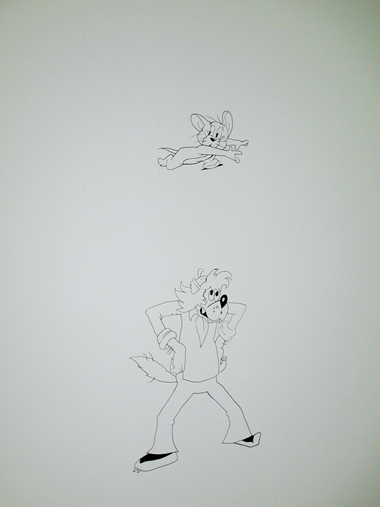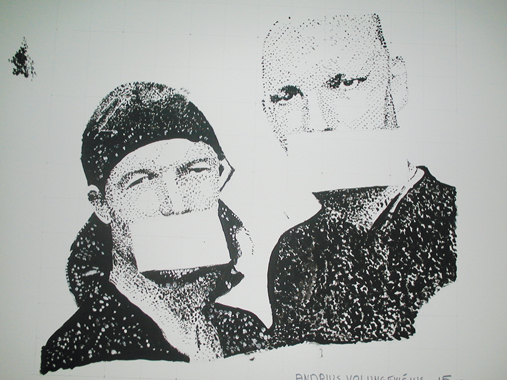
Artists:
Algis Lankelis, Marija-Teresese Rozanskaite, Vygantas Paukste, Linas Jablonskis, Patricija Jurksaityte, Deimantas Narkevicius, Kristina Inciuraite, Mindaugas Navakas, Gintaras Makarevicius, Alma Skersyte, Dainius Liskevicius, Evaldas Jansas, Aida Ceponytė & Valdas Ozarinskas, Gintaras Kuginis, Darius Miksys, Jonas Gasiunas, Redas Dirzys, Arturas Raila
Curators: Kestutis Kuizinas and Evaldas Stankevicius
‘On the initiative of the Seimas of the Republic of Lithuania, the Contemporary Art Centre will on 26-31 May, 2001 house the events of the spring session of NATO Parliamentary Assembly. The Vilnius session will be the first NATO event of such big scale and importance organized within the territory of the ex-Soviet Union. To Lithuania, which seeks to ensure long-term security of its territory and citizens, this event bears not only political importance. It is expected that Lithuania will be invited to participate in the second phase of NATO enlargement.
For the purpose of this event, artists are invited to create works which will be displayed on the walls of exhibition halls of the CAC, i.e. in the premises which will house the sessions of parliament members, politicians and NATO leaders. Before handing over the premises to the organizers of the NATO Assembly, the art project “Walls for NATO” is presented to the general public as part of the CAC exhibition programme. This exhibition escalates ambiguous aspects of physical, economic, social, political, cultural, and psychological security and isolation, dissociation and separation. It also generates critical thinking of the society.
Having accepted under its roof the event of extreme political importance but other than of artistic nature, the CAC accepts the challenge to its institutional identity. Can events of a similar type take place in a museum or gallery? What is the impact of this event on the settled attitude of the CAC visitors and the world of art towards this institution? On the other hand, the politicians, having selected the context of an art gallery [the walls of the CAC] for their assembly, must be capable of accepting a challenge of the space having a clear cultural and institutional identity. To put it in a simpler way, the CAC is not the house of Congress or a neutral usual place of various meetings. Therefore, the CAC may not remain just a passive place against the background of an event bearing such huge importance. However, will the politicians of the world be able to accept the position of Lithuanian artists and to adequately understand their ideas and their attitude towards the events taking place within the premises of their centre? ‘
Kestutis Kuizinas
